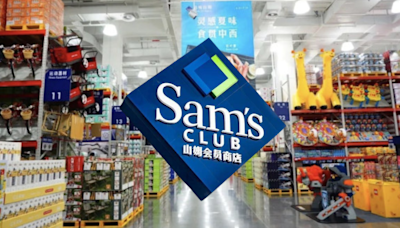搜尋結果
Supermarkets. A typical Japanese shopping cart; employed by slotting a basket into the rolling frame. Japanese supermarkets are organized in much the same way as in other parts of the world. All major food groups are accounted for, including fresh fruits and vegetables, seafood, meat, tofu, pickled, dried and canned food, bread, dairy products ...
Mount Mitake (御岳山, Mitakesan) is one of the many highlights of the Chichibu-Tama-Kai National Park, which covers more than 1250 square kilometers of forested mountains, hills, gorges and some rural towns in the prefectures of Yamanashi, Saitama, Nagano and Tokyo. Besides a popular shrine, Mount Mitake offers hiking opportunities in ...
- Kaiseki Ryori
- Shojin Ryori
- Obanzai Ryori
- Kawayuka/Kawadoko
Kaiseki ryori has its origin in the tea ceremony, but later evolved into an elaborate dining style popular among aristocratic circles. Kyoto-style kaiseki ryori (kyo kaiseki) is particularly refined, placing an emphasis on subtle flavors and local, seasonal ingredients. A kaiseki meal has a prescribed order of courseswhich is determined by the cook...
Whereas kaiseki developed out of the affluence of the aristocrats, shojin ryori developed from the austerity of Buddhist monks. Prohibited from taking the life of other living creatures, Buddhist monks had to make do without meat or fish in their diet. Consisting of strictly vegetarian dishes, shojin ryori can nonetheless be savory and filling. Tra...
Obanzai Ryori is the traditional home-style cooking of Kyoto. It is made up of multiple small dishes that are usually quite simple to prepare. Local produce that is in season is best suited for the dishes. Although the cooking methods are usually not complicated, obanzai dishes can be made very rich by chefs skillfully bringing out the natural flav...
Kawayuka, or Kawadoko as it is known outside of central Kyoto, is the summer pasttime of dining outdoors on temporary platforms built over flowing water. Developed as a way to beat the summer heat, kawayuka is a great way to experience Kyoto cuisine while taking in the cooling effects of the flowing water and lively summer atmosphere. The most famo...
Daitokuji (大徳寺) is a large, walled temple complex in northern Kyoto and the head temple of the Rinzai sect's Daitokuji school of Japanese Zen Buddhism. The complex consists of nearly two dozen subtemples and is one of the best places in Japan to see a wide variety of Zen gardens and to experience Zen culture and architecture.
Mount Takao (高尾山, Takaosan) is one of the closest natural recreation areas to central Tokyo, offering beautiful scenery, an interesting temple and attractive hiking opportunities. Although outside the city center, the mountain is still located within metropolitan Tokyo and takes only 50 minutes and 430 yen to reach from Shinjuku by train.
Visit Hiroshima during your trip to Japan and learn about the impact of the atomic bombing in this tour. View on Klook. Sea Kayak Experience in Hiroshima. ¥8,000. ★★★★★. 1. View on Klook. Hiroshima City, Discover Hiroshima in a Day. ¥29,078.
Experiences. The Shinyokohama Ramen Museum (新横浜ラーメン博物館, Shin-Yokohama Ramen Hakubutsukan) is a unique museum about ramen, a popular noodle dish which was originally introduced from China. In a gallery on the first floor, the Ramen Museum presents the history of ramen noodles in Japan, including the big success of instant ramen.


